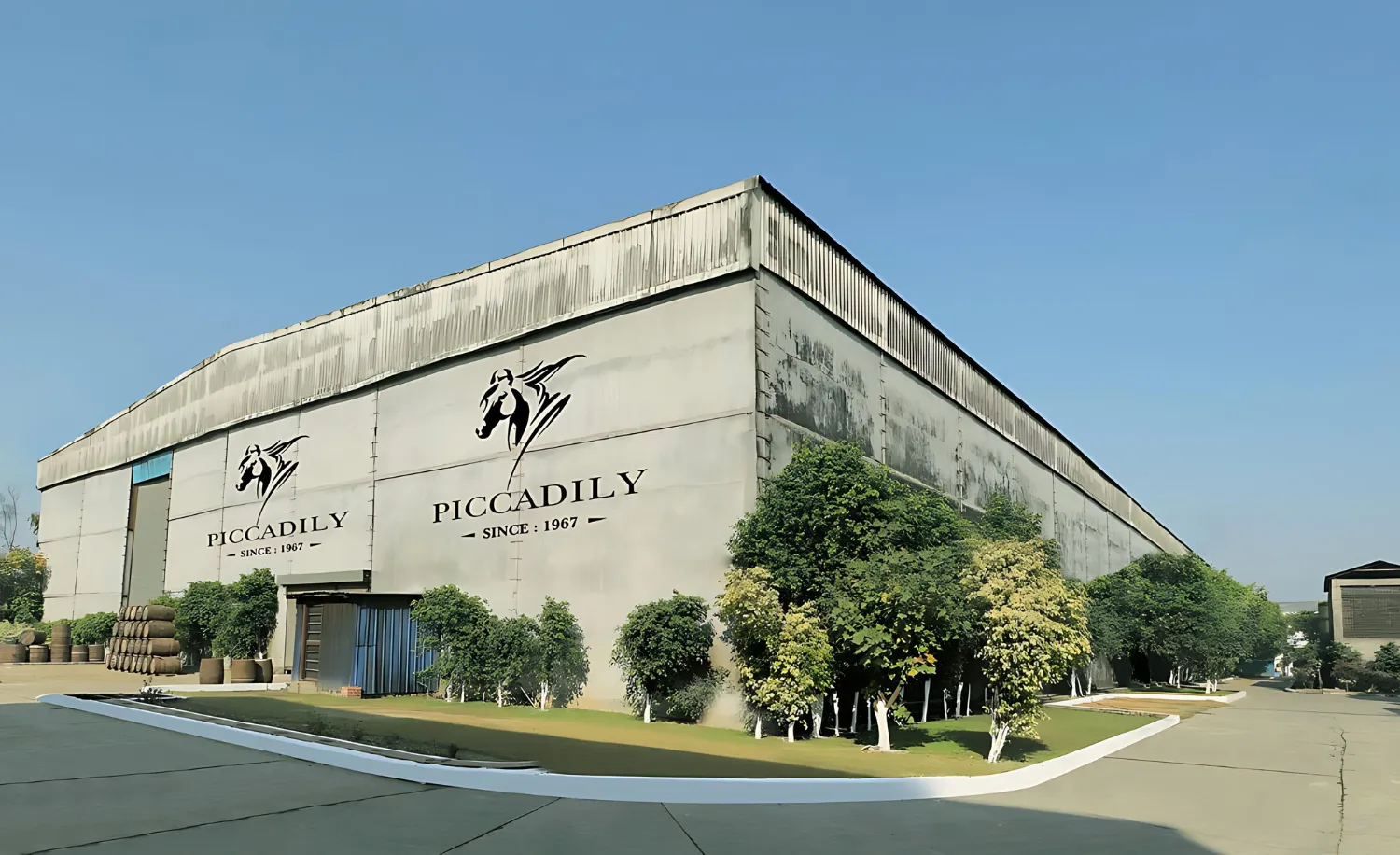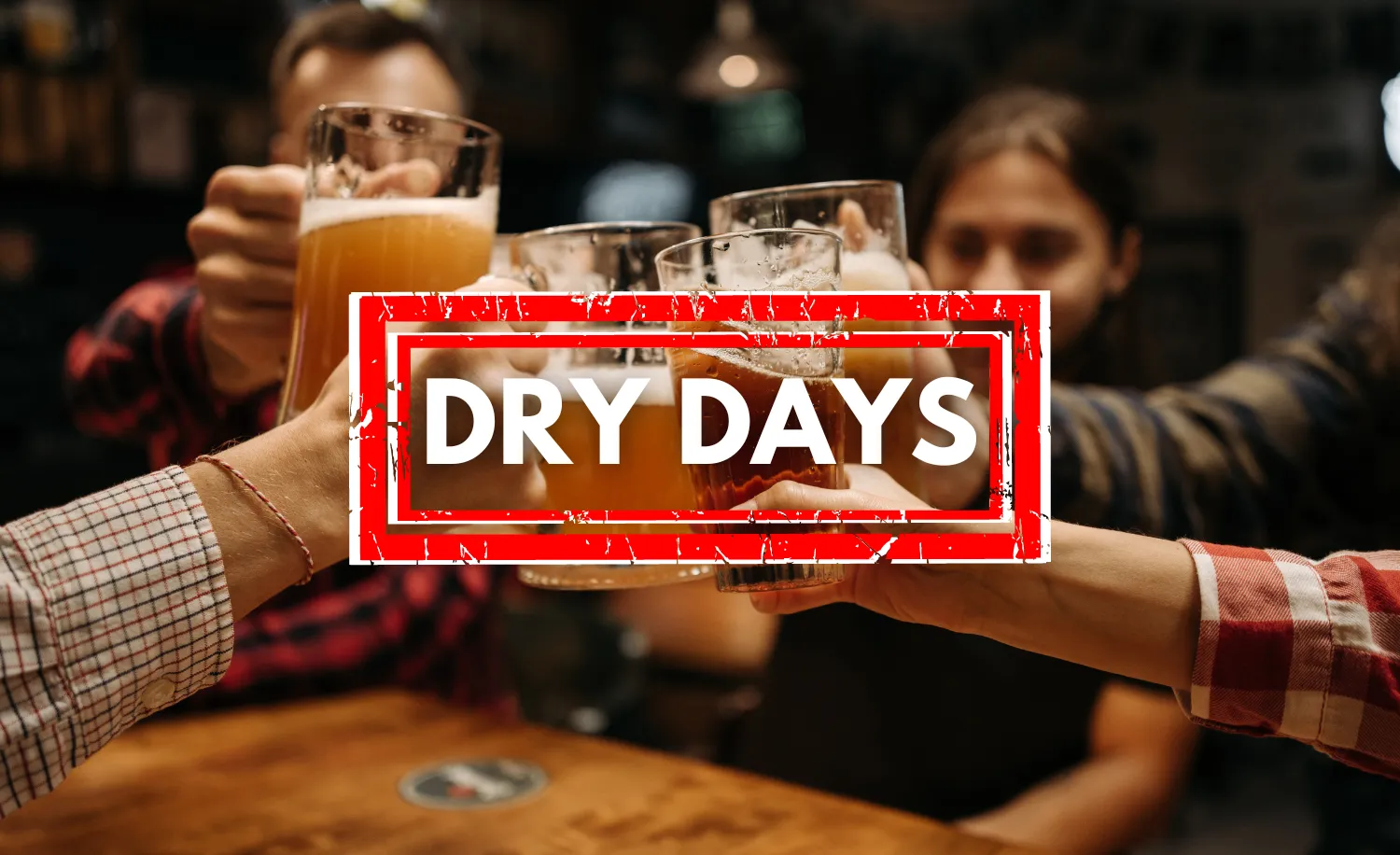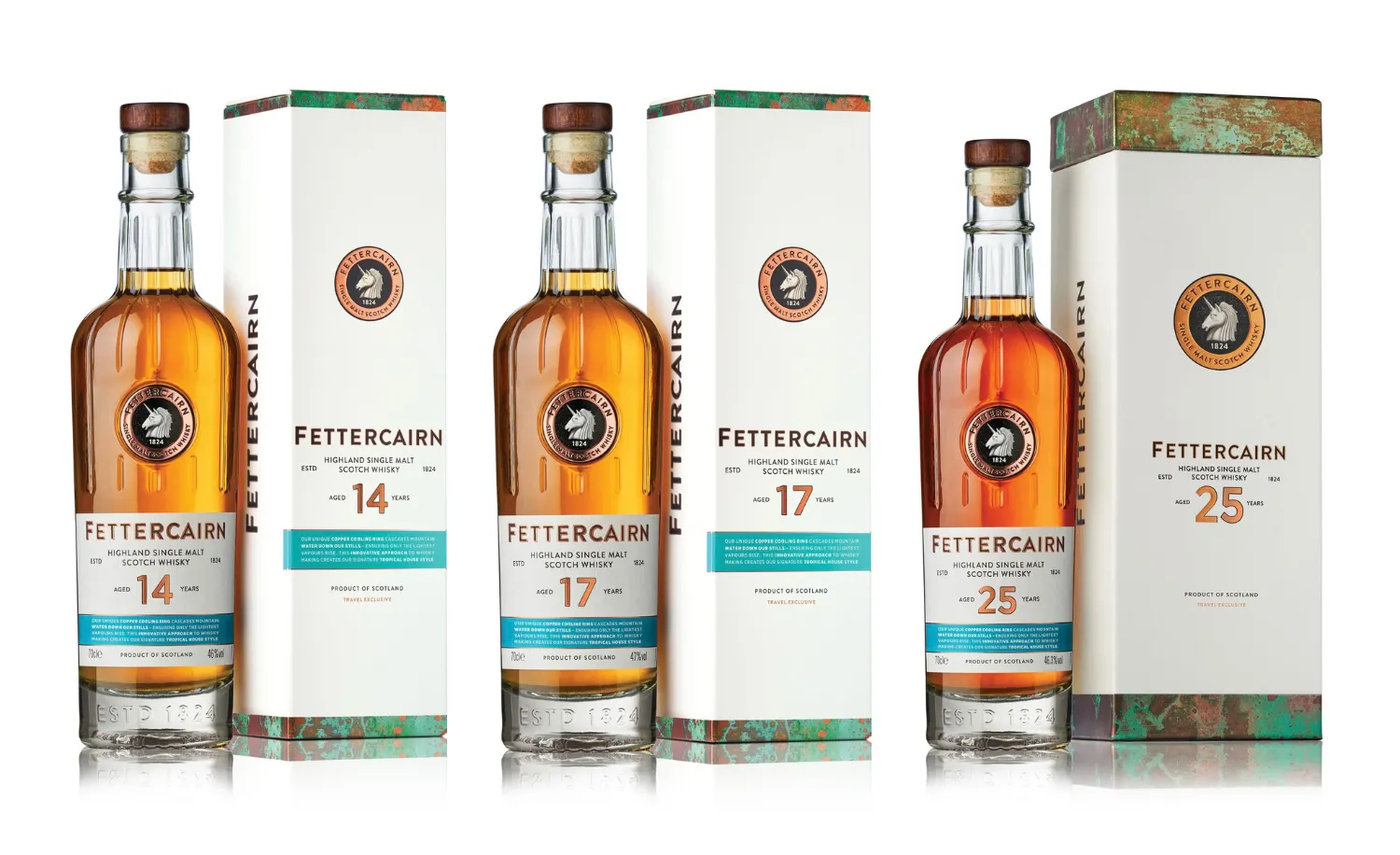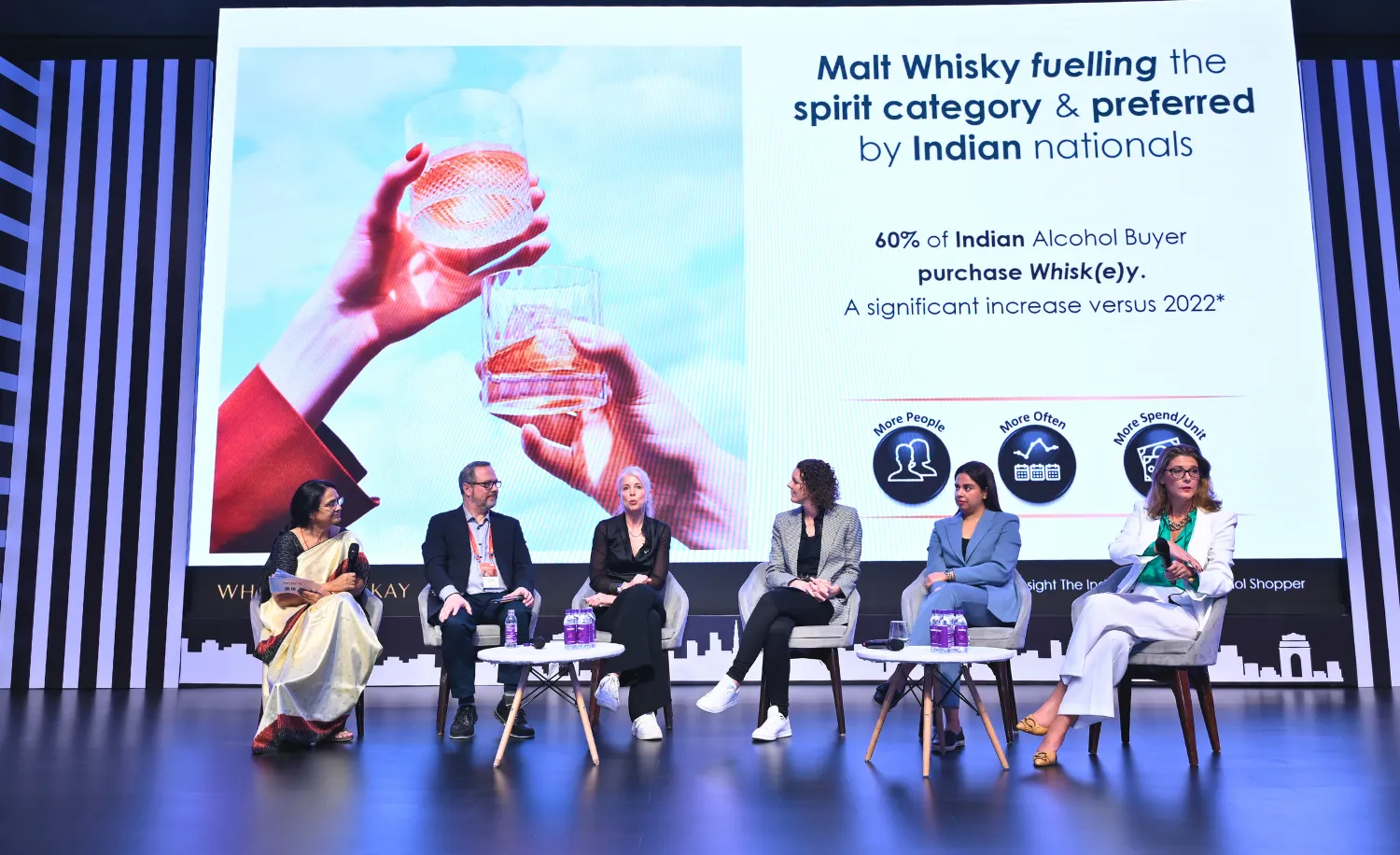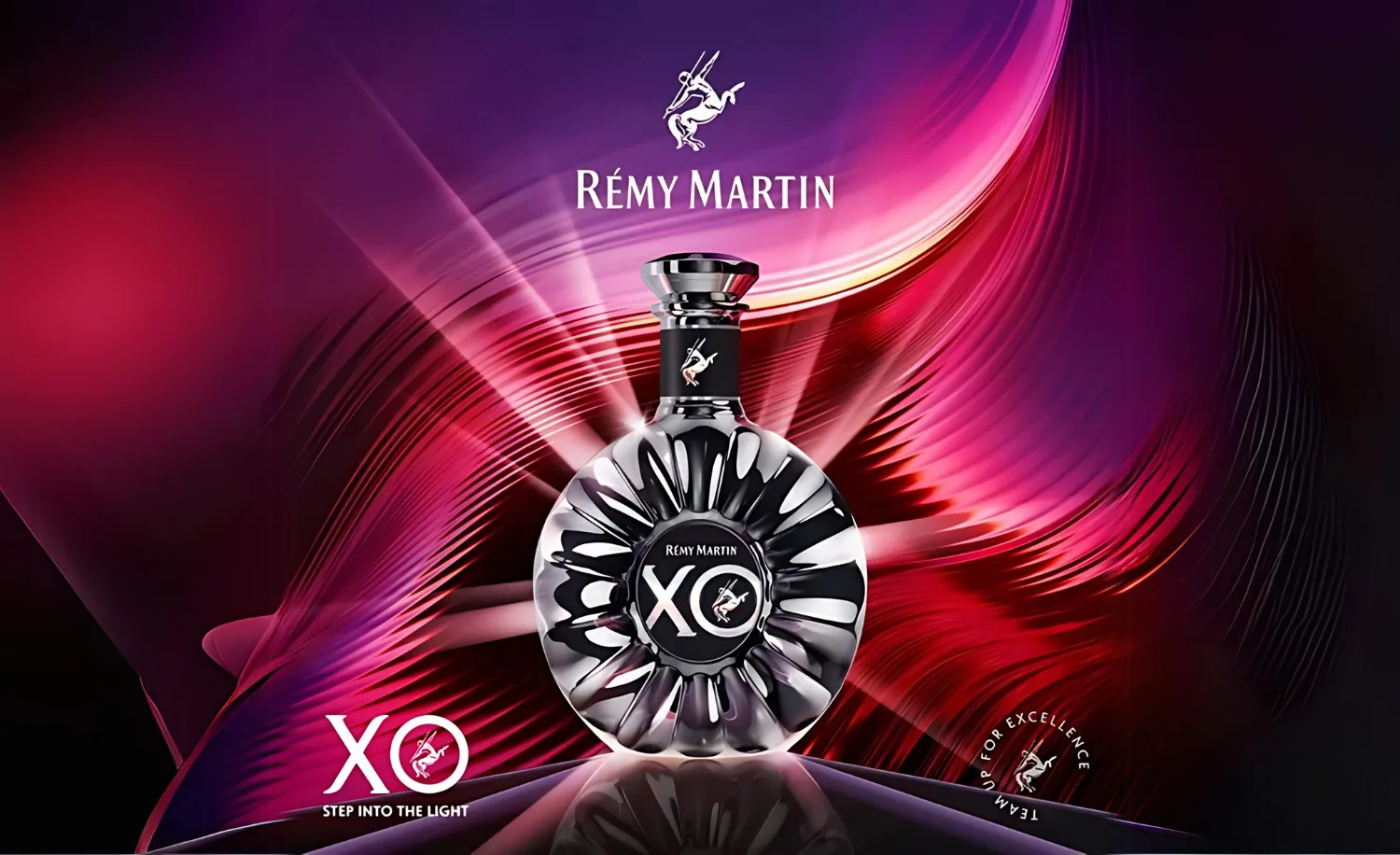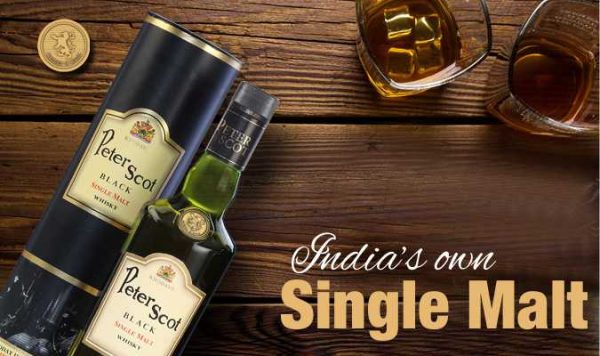“Quality will take over from price, proving cheap not always sells”
Ankur Chawla, Co Founder – One Fine Meal and Scope Beverages
The knowledge and awareness among niche wine consumers about champagne and other sparkling wines have shown a remarkable improvement in the past five to seven years primarily because of the sharp rise in international travel by outwardly mobile Indians, who are now more ready than ever to explore new wine offerings, and the hard work by the Comité Interprofessionel du Vin de Champagne (CIVC), represented in India by Rajiv Singhal, who has been hosting tastings and dinners to educate the country about champagne.
To this opening statement, Ankur Chawla, independent beverage consultant who was formerly with the JW Marriott, New Delhi Aerocity, adds a caveat. “We have to understand, though, that all consumers cannot be categorised generically under the same umbrella,” Chawla points out. “India is still a developing country and there are different categories of consumers, and those who can figure out the difference between champagne and other sparkling wines in a blind tasting are still in a minuscule minority,” he adds.
Chawla notes with regret that “a lot of times a bubbly, be it champagne, or just another sparkling wine, is considered just another bubbly in a glass”. What pains him is the sight of sparkling wines being pre-poured and served to guests at banquets and brunches. But in this difficult scenario, he see rays of hope and opportunities for improvement. “As a category, sparkling wines are growing for sure,” says Chawla. “The good part is that the size of the overall pie is also increasing, instead of categories slugging it out for greater shares of the same static pie.”
Numbers can’t lie. Sparkling wine consumption in the country has increased by almost three times between 2006 and 2016, with the “Imported Sparkling Wines” category notching up a four-fold growth. But there’s a difference. The consumption of champagne has only gone up by 150 per cent between 2006 and 2016, whereas local sparkling wines have registered a three- fold growth. Champagne is suffering because it is much more expensive than other sparkling wines.
In fact, at Sunday brunches, most guests today pass over the champagne offering and settle for other sparkling wines. At bars, too, guests order either bottles of sparkling wine or champagnes listed “by the glass” (these are the commercial brands), and very few go for the really expensive ones, such as Dom Perignon and Cristal. On the positive side, though, guests have started realising and accepting a bubbly as an aperitif, and at times, as an accompaniment to a meal. This shift in popular attitude has increased the volumes of bottles sold.
In Chawla’s view, the most popular brands of champagne and other sparkling wines (both imported and domestic) are: Champagne: Moet & Chandon; GH Mumm; Louis Roederer; Dom Pérignon; Louis Roederer ‘Cristal’; Billecart Salmon Rosé; Veuve Cliquot Ponsardin Brut; Taittinger Brut Reserve; Bollinger Special Cuvée Brut; Krug Grand Cuvée Brut. Sparkling Wine: Sartori di Verona Prosecco Brut DOC Ti Amo; Carpene Malvolti Prosecco di Congeliano Brut Prosecco, Zonin; Sula Brut; Fratelli Grand Cuvee Brut; Chandon Brut; Grover Zampa Soiree Brut; Bottega Gold Glera Brut.
“The price of the bottle has to hit the sweet spot — neither too high, nor too low. A low- priced wine is treated with suspicion by the average consumer. I always used to tell my servers: ‘It is easier to sell a bad wine if priced right, but difficult to sell a good wine if priced wrong’.”
Within the sparkling wine category, Prosecco has seen a tremendous surge in popularity, followed closely by Cava, says Chawla. India is a price-sensitive market and yet the consumer’s palate is continually evolving. The proseccos coming into India are playing the price point card and they have gained popularity because of this factor. They are doing really well in Sunday brunches and weddings — both big market segments — and being lapped up as gifting options.
Here, too, the scene is changing. Of late, prosecco houses such as Carpene Malvolti and Gramona, a leading cava producer, are making the game more interesting — and serious. These are not regular run-of-the-mill sparkling wines and are surely not cheaper versions.
“These serious bubbles are made with equal pride, love and labour,” Chawla declares. “One can easily say that these are the serious sparkling wines that have raised the level of the category.”
On the acceptability of sparkling wines, Chawla says, “We are in a developing country where the
wine culture is still spreading its wings. When a consumer orders a bottle of sparkling wine, the price point matters the most, followed by the label and the liquid inside. The price of the bottle has to hit the sweet spot neither too high, nor too low. A low-priced wine, ironically, is treated with suspicion by the average consumer. I always used to tell my servers: ‘It is easier to sell a bad wine if priced right, but difficult to sell a good wine if priced wrong’.”
The demand for champagne and other sparkling wines does see seasonal spikes because these are viewed as celebration drinks. The demand therefore goes up during Diwali and the wedding season, and that for rosé champagne jumps during the Valentine’s Day week. The good thing is the acceptability of the category. Be it a social gathering or a wine dinner, a bubbly in one’s hand is always in fashion!
The past has been really good for the domestic sparkling wines, but proseccos, followed by champagne, are registering a growing presence. Chawla believes the trend will continue for some time, but going forward, “quality will take over from price and the market will prove that it is not always what is cheap that sells”. The future, according to Chawla, belongs to quality domestic sparkling wines, serious proseccos and cavas, which will overtake the market, and boutique, family-owned champagne houses as well as labels from individual growers.


